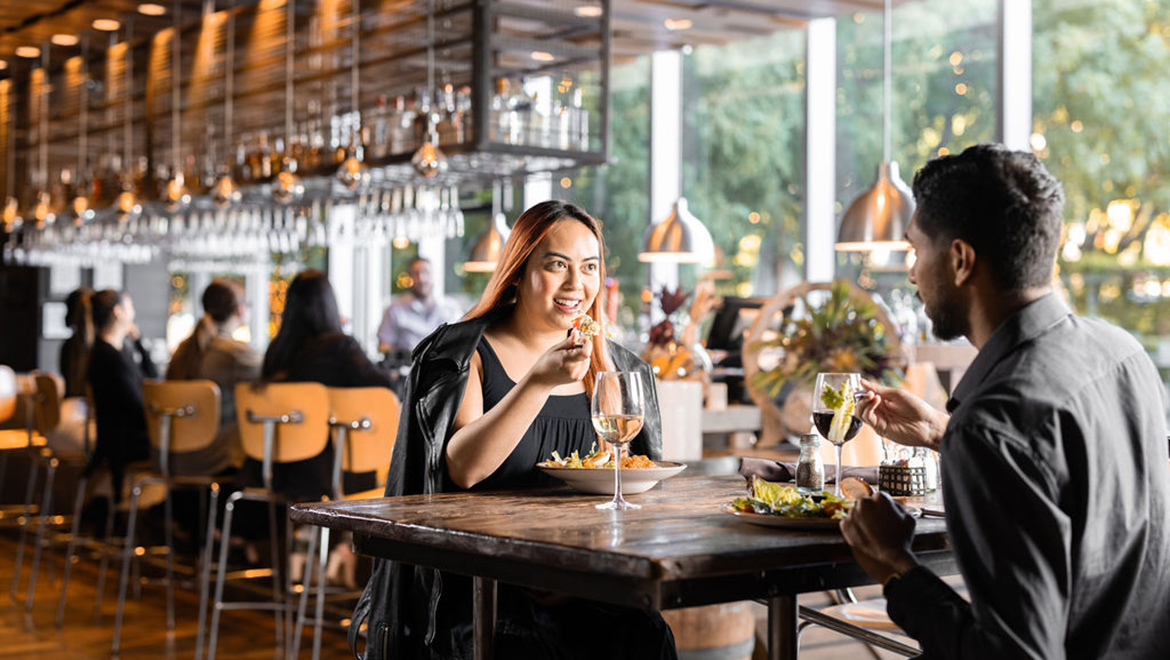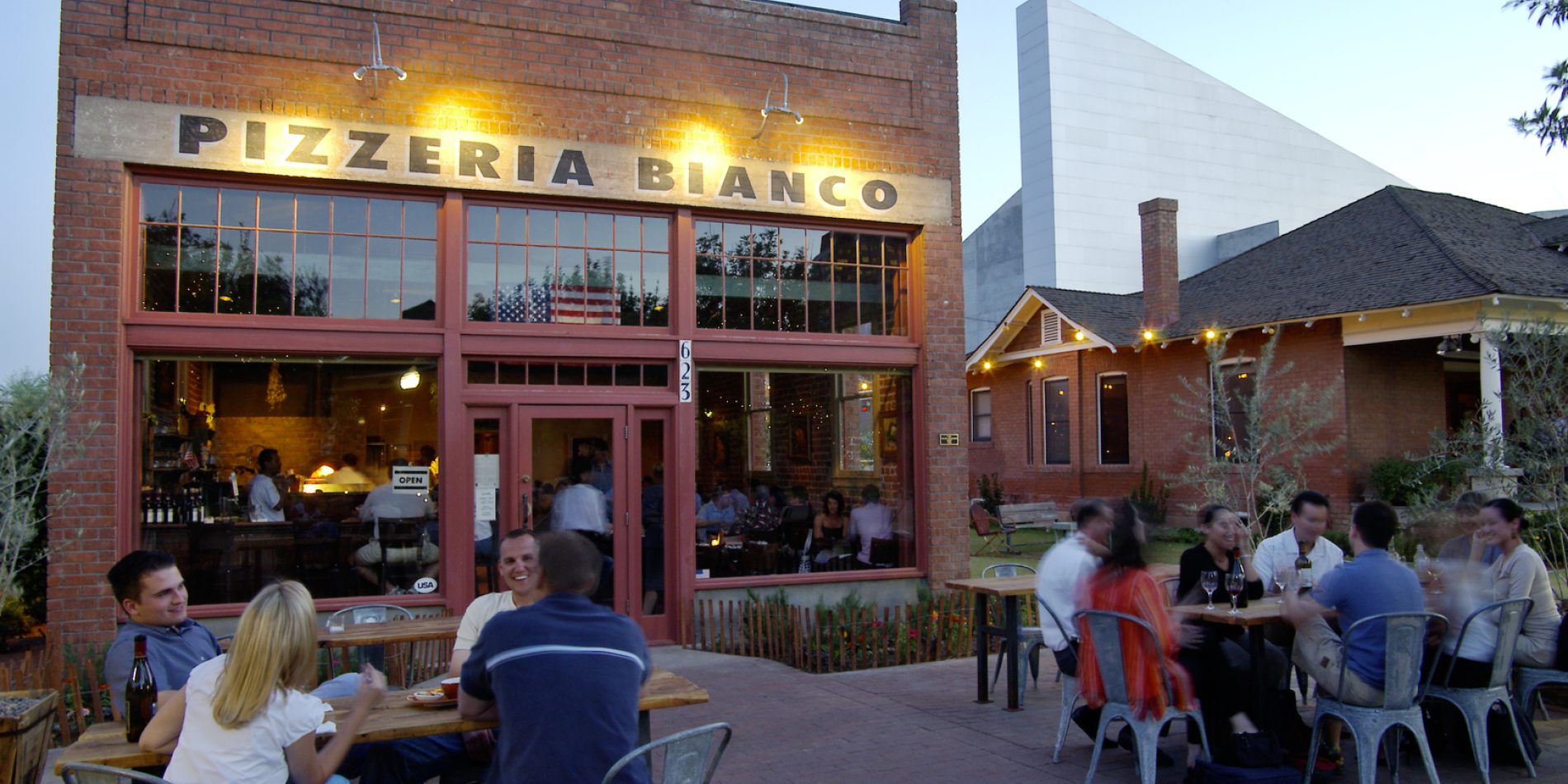Why Dining at Local Restaurants Sustains Your Area and Thrills Your Taste Buds
Eating at local restaurants supplies more than simply a dish; it offers as an essential component in supporting community vigor and economic resilience. What might this imply for the future of local dining and neighborhood link?
Economic Impact of Regional Eating

The financial effect of local eating expands much past the dining establishment itself, affecting a wide variety of sectors within the community. Neighborhood dining establishments play a crucial duty in boosting financial development by producing tasks, supporting neighborhood suppliers, and adding to metropolitan earnings. When consumers pick to eat at local facilities, they aid suffer employment for chefs, web servers, and maintenance team, hence enhancing the neighborhood job market.
In addition, neighborhood dining establishments frequently source active ingredients from neighboring farms and producers, fostering a durable supply chain that profits different farming sectors. This practice not just supports regional economies but additionally encourages sustainable farming methods. In addition, the sales tax obligation produced from these restaurants adds to necessary public solutions, such as education and learning and infrastructure, which additionally boosts area top quality of life.
In addition, neighborhood dining facilities typically cultivate a sense of area, attracting locals and site visitors alike, which can result in raised foot web traffic in bordering companies. This interconnectivity amongst regional ventures enhances financial strength, creating a lively and sustainable neighborhood ecological community. Basically, the assistance of local dining is a financial investment in the broader economic wellness of the location, promoting growth and sustainability for future generations.
One-of-a-kind Culinary Experiences

Furthermore, several local establishments accept farm-to-table methods, stressing the importance of seasonal fruit and vegetables. Restaurants can savor the freshness of active ingredients sourced from nearby farms, which not only boosts taste but likewise promotes a link to the local landscape. This commitment to high quality and area sets the phase for distinct cooking experiences that are usually missing in chain dining establishments.
Furthermore, local cooks regularly trying out blend food, mixing diverse culinary practices to develop amazing new meals. Such development not only tantalizes the taste yet likewise motivates adventurous dining, welcoming customers to expand their culinary perspectives. Involving with regional restaurants allows restaurants to take pleasure in meals that are not practically nutrition, however about the artistry and interest that define the culinary globe, making every dining experience truly one-of-a-kind and fascinating.
Conditioning Community Bonds
Eating at regional restaurants plays a crucial function in strengthening area bonds by promoting connections amongst citizens. These establishments function as important meeting place where individuals can take part in significant conversations, share experiences, and produce long lasting memories. As customers regular the same neighborhood spots, they grow a sense of knowledge and friendship, enhancing social ties within the area.
Additionally, neighborhood restaurants often show the unique cultural textile of their neighborhoods, showcasing local customs and cooking heritage. This party of regional society not just improves neighborhood identity but likewise urges locals to take satisfaction in their surroundings. By joining the neighborhood dining scene, people add to a shared narrative that binds them with each other.
Area events held at dining establishments, such as open mic evenings, fundraisers, or food celebrations, better enhance these connections. They supply possibilities for collaboration and interaction amongst varied teams, fostering inclusivity and understanding. As locals gather to sustain neighborhood businesses, they concurrently support each other, developing an interconnected network that strengthens the community's resilience.
Fundamentally, dining at regional dining establishments is not just concerning food; it is an improving experience that strengthens community bonds and cultivates a vibrant, united local culture.
Supporting Local Farmers and Producers

This practice minimizes transport prices and exhausts, advertising basics environmental sustainability while additionally boosting the taste and quality of the dishes offered. Seasonal food selections, which highlight neighborhood fruit and vegetables, permit dining establishments to offer unique culinary experiences that reflect the region's agricultural bounty.
Furthermore, supporting local farmers helps preserve conventional farming practices and encourages biodiversity. It empowers small-scale manufacturers, permitting them to grow in an increasingly industrialized food system. As neighborhood dining establishments pick to companion with these farmers, they assist preserve a dynamic agricultural community, ensuring that neighborhood food systems continue to be durable.
Fundamentally, dining at local restaurants is not just concerning appreciating a dish; it is a financial investment in the local economy and an affirmation of lasting techniques. By selecting regional, diners play an essential duty in supporting their neighborhoods and supporting the diligent individuals who grow their food.
Protecting Local Society and Heritage
Rooted in the customs of their communities, local dining establishments act as important custodians of social heritage. By showcasing regional ingredients and typical food preparation techniques, these facilities preserve the distinctive flavors and cooking practices that specify regional identification. Each meal narrates, mirroring historical impacts and cultural stories that have formed the community over generations.
In addition, regional restaurants commonly promote time-honored dishes gave with families, making sure that distinct social practices continue to be alive. This not just enlightens patrons concerning the community's heritage however additionally fosters a feeling of satisfaction and belonging among citizens. The ambience, design, and linked here also music in these facilities often echo the neighborhood society, offering an all natural experience that transcends simple eating.
Furthermore, regional dining establishments contribute to the conservation of language and languages, as menus and conversations typically include local vernacular. By participating in neighborhood occasions and parties, these dining establishments strengthen social bonds and promote cultural exchange. Fundamentally, eating at neighborhood restaurants is not merely a culinary experience; it is a chance to involve with and sustain the abundant tapestry of neighborhood society and heritage, guaranteeing its continuity for future generations.
Conclusion
